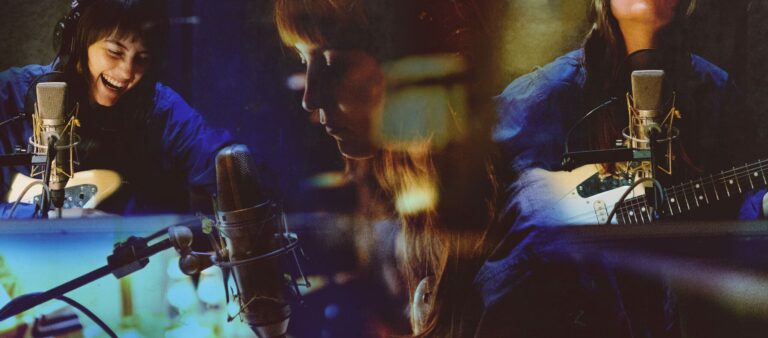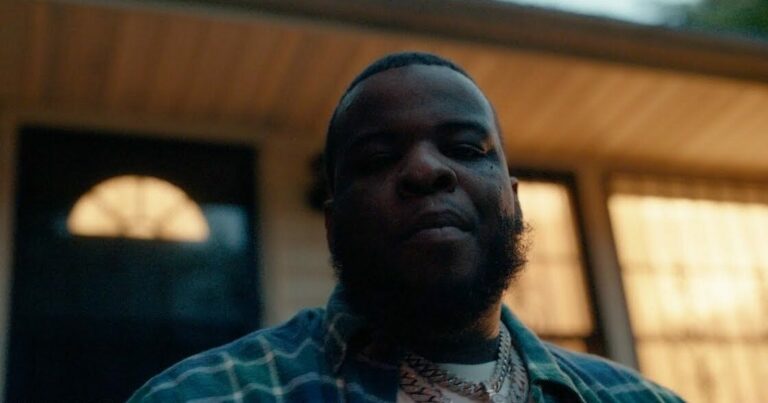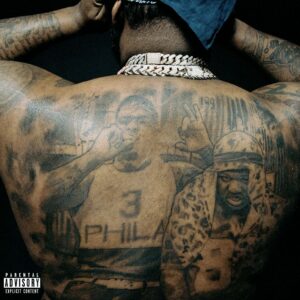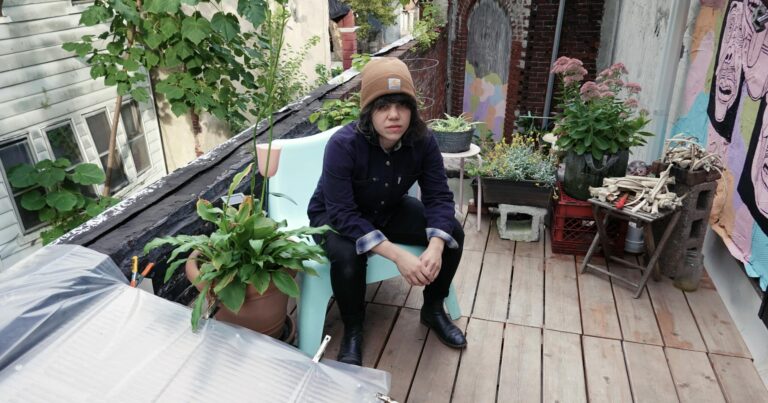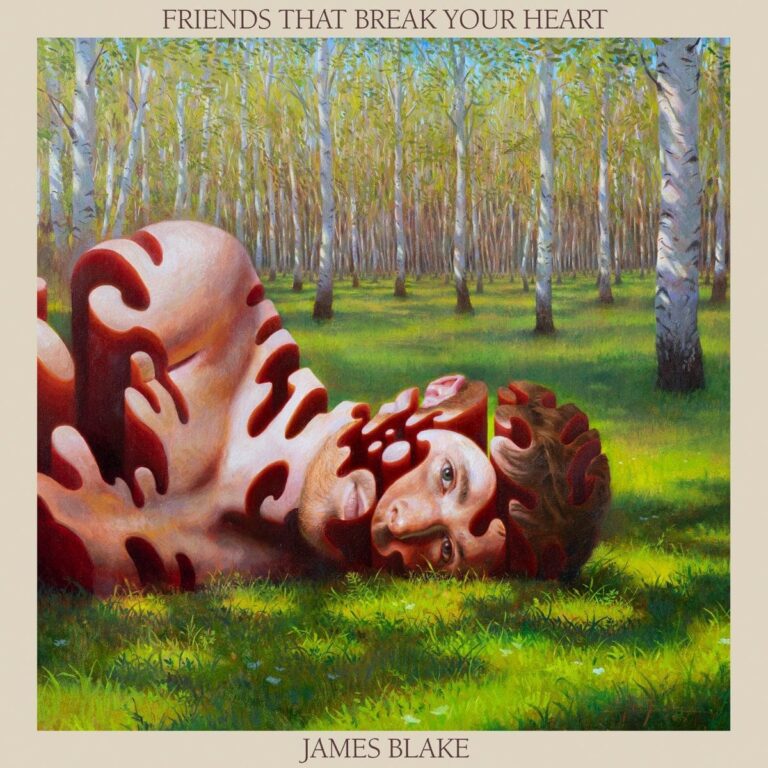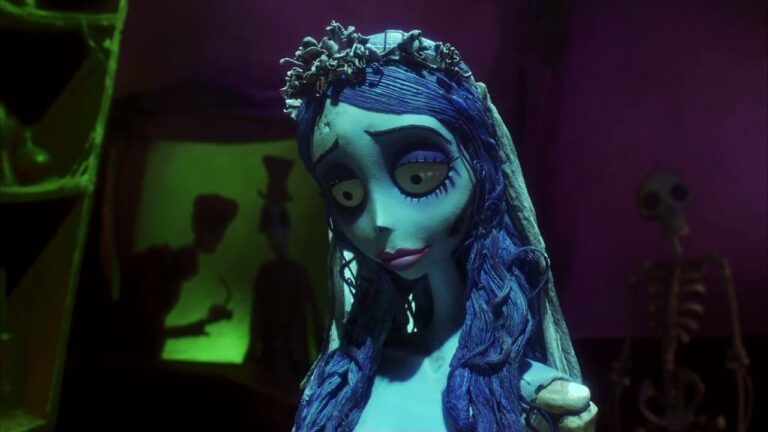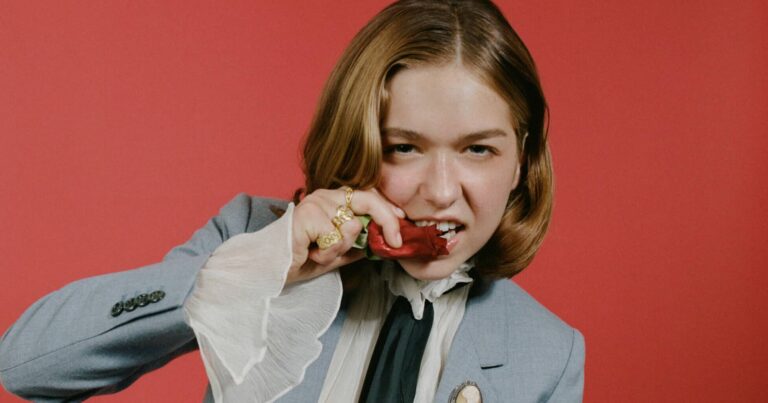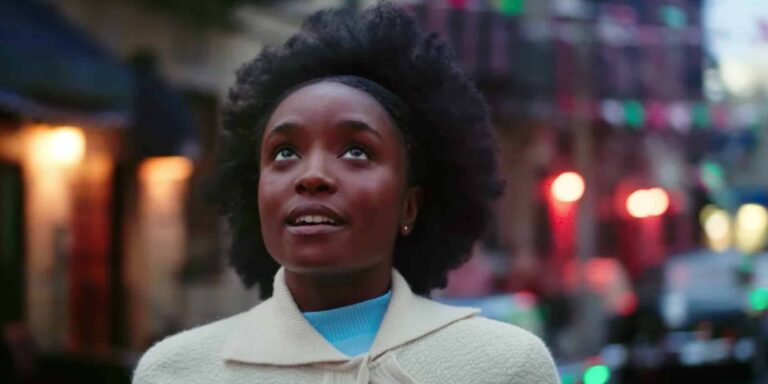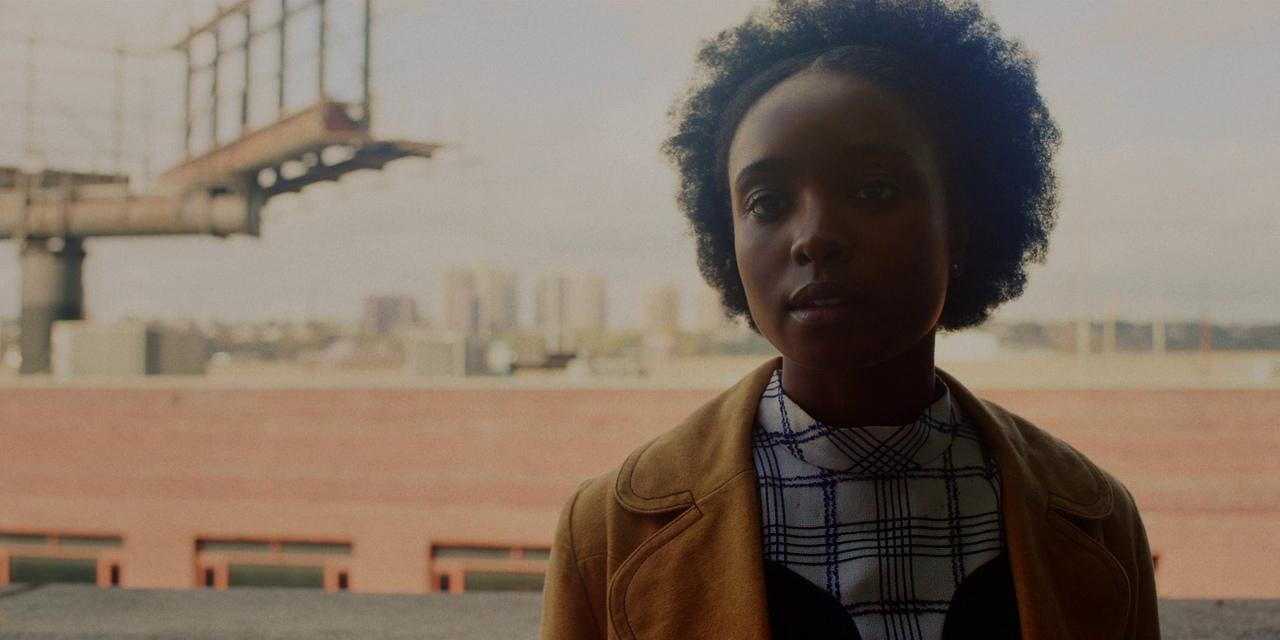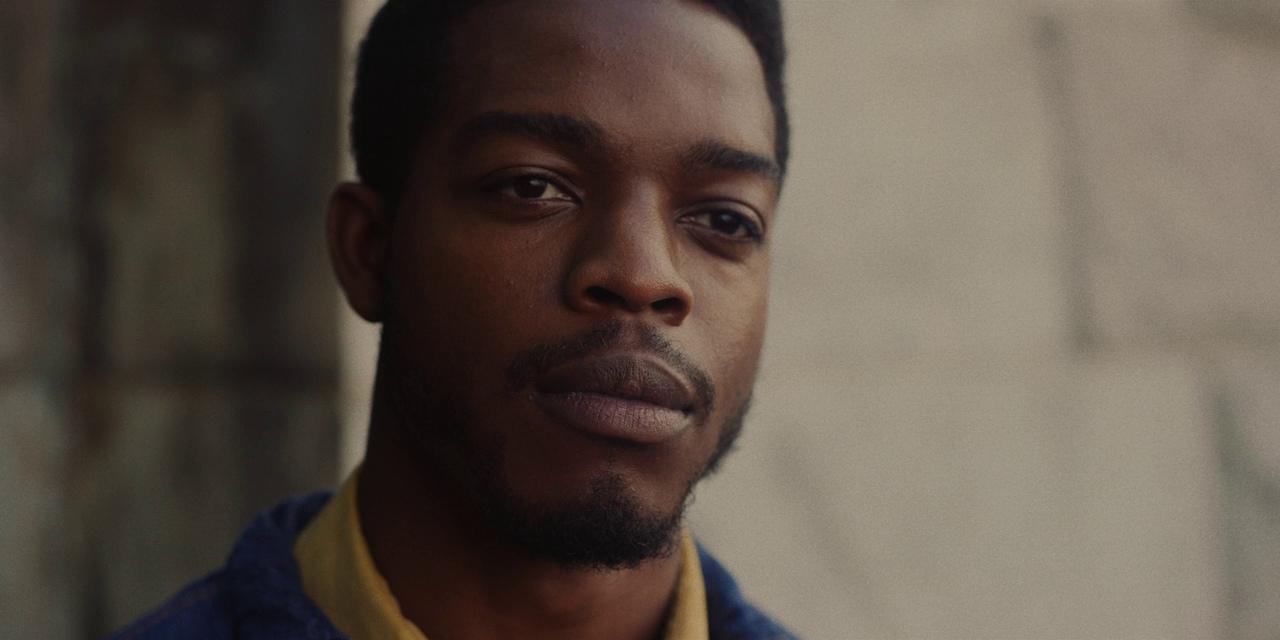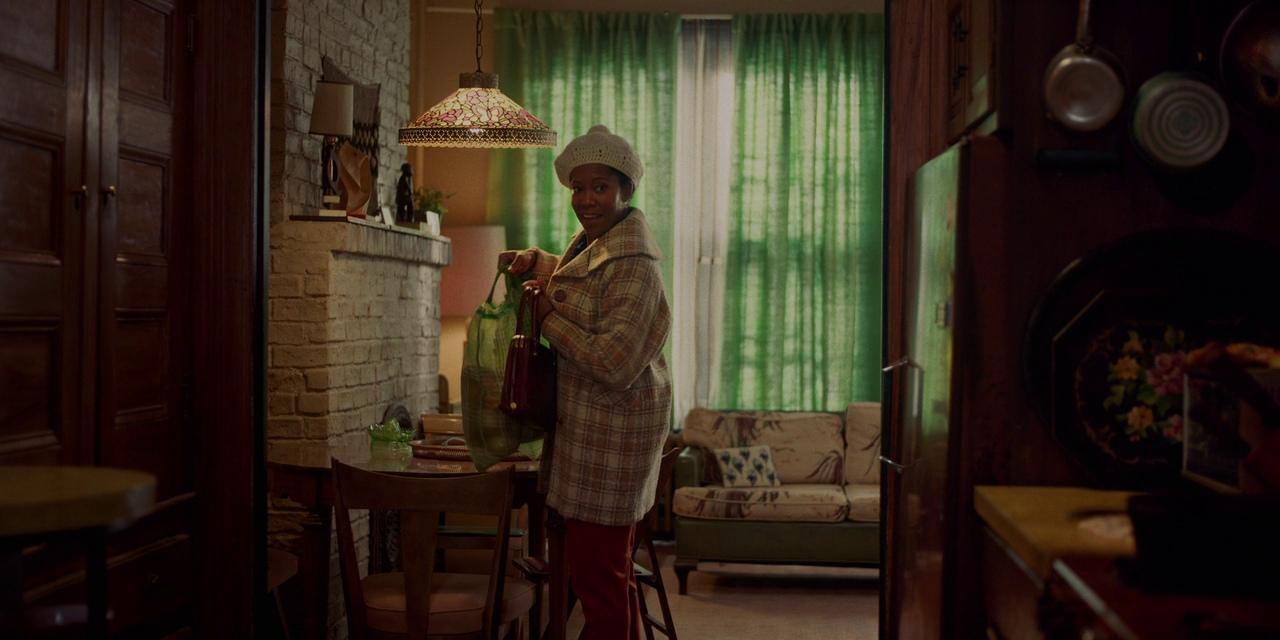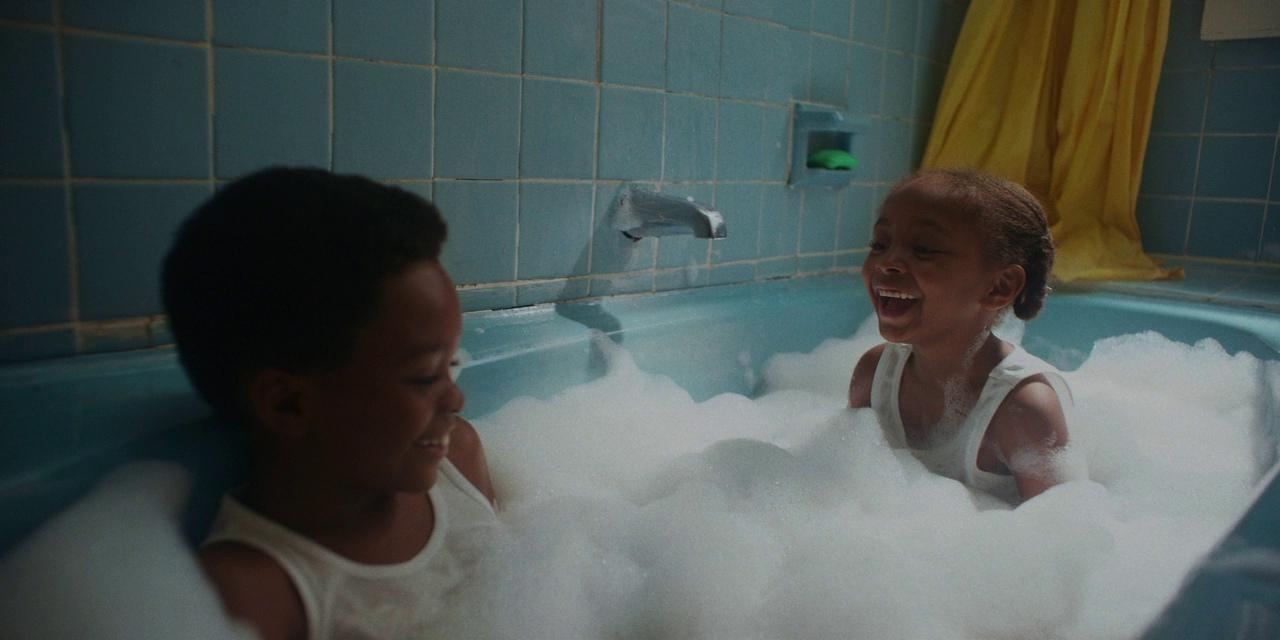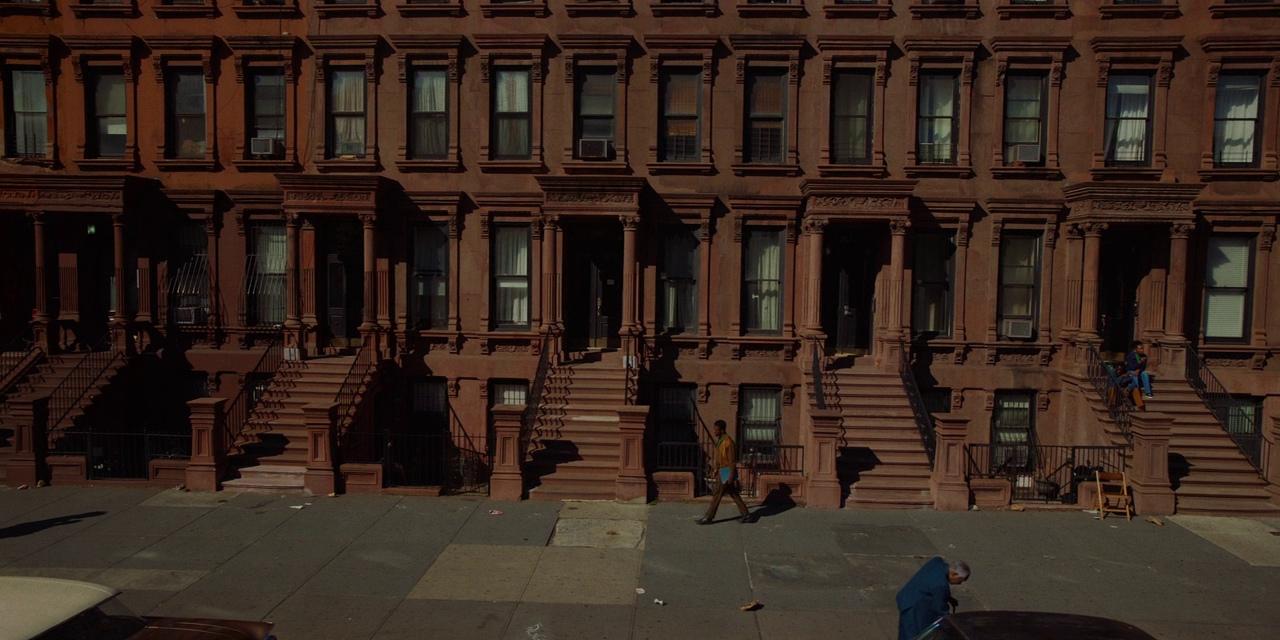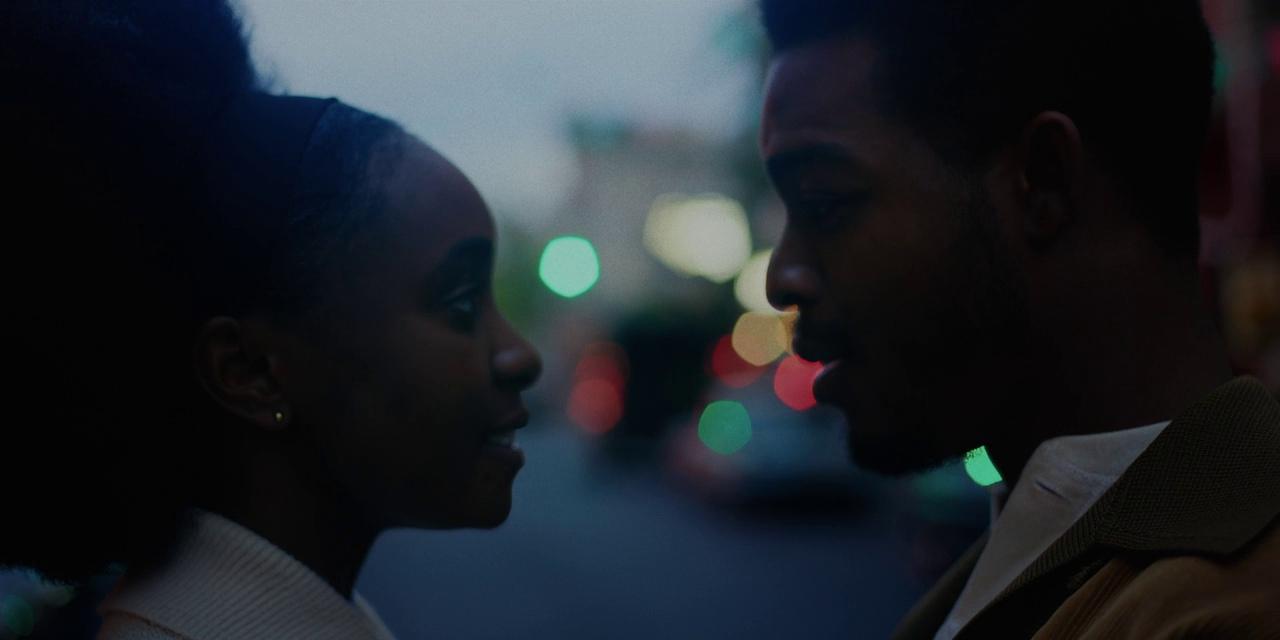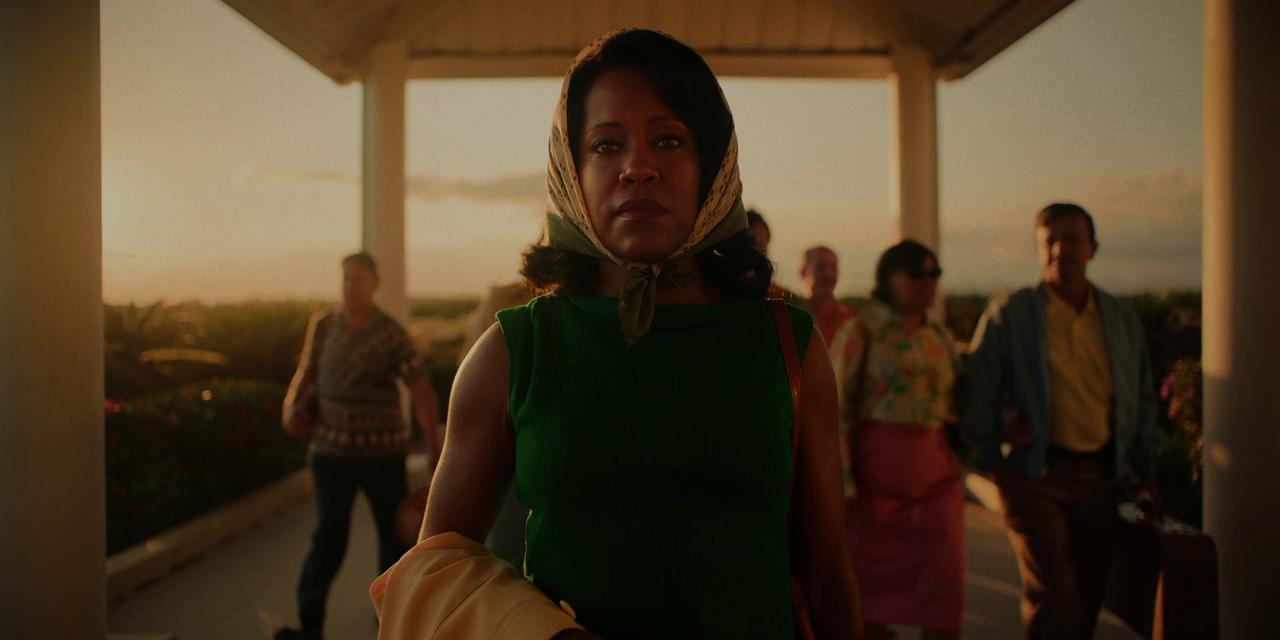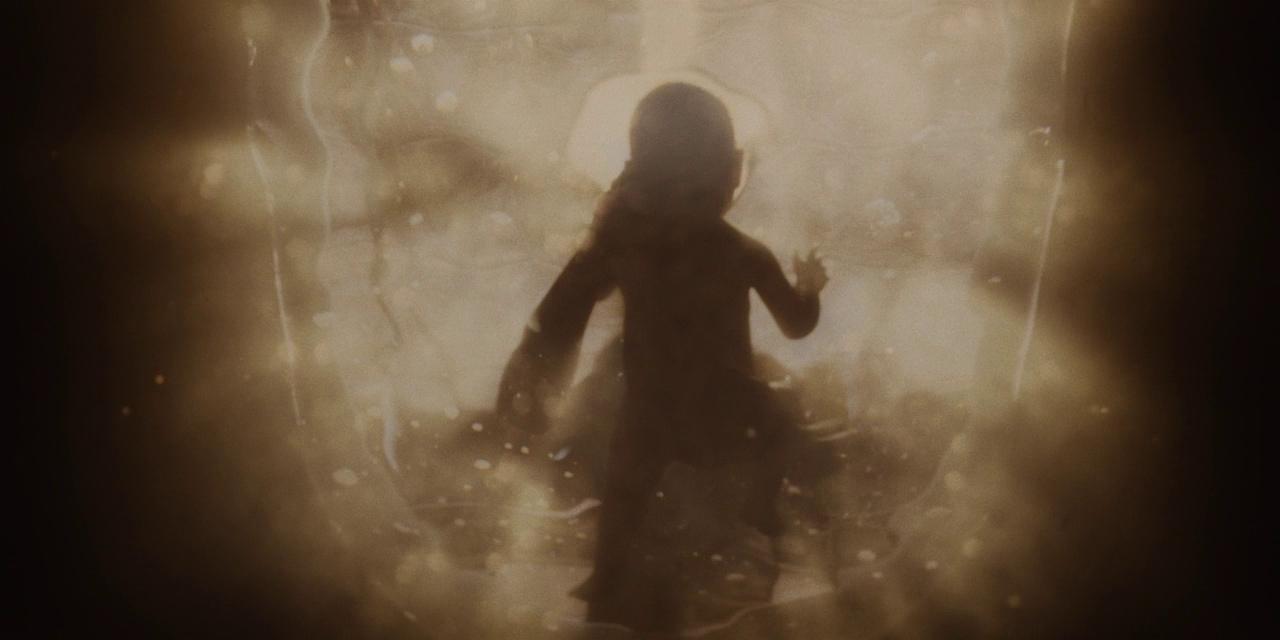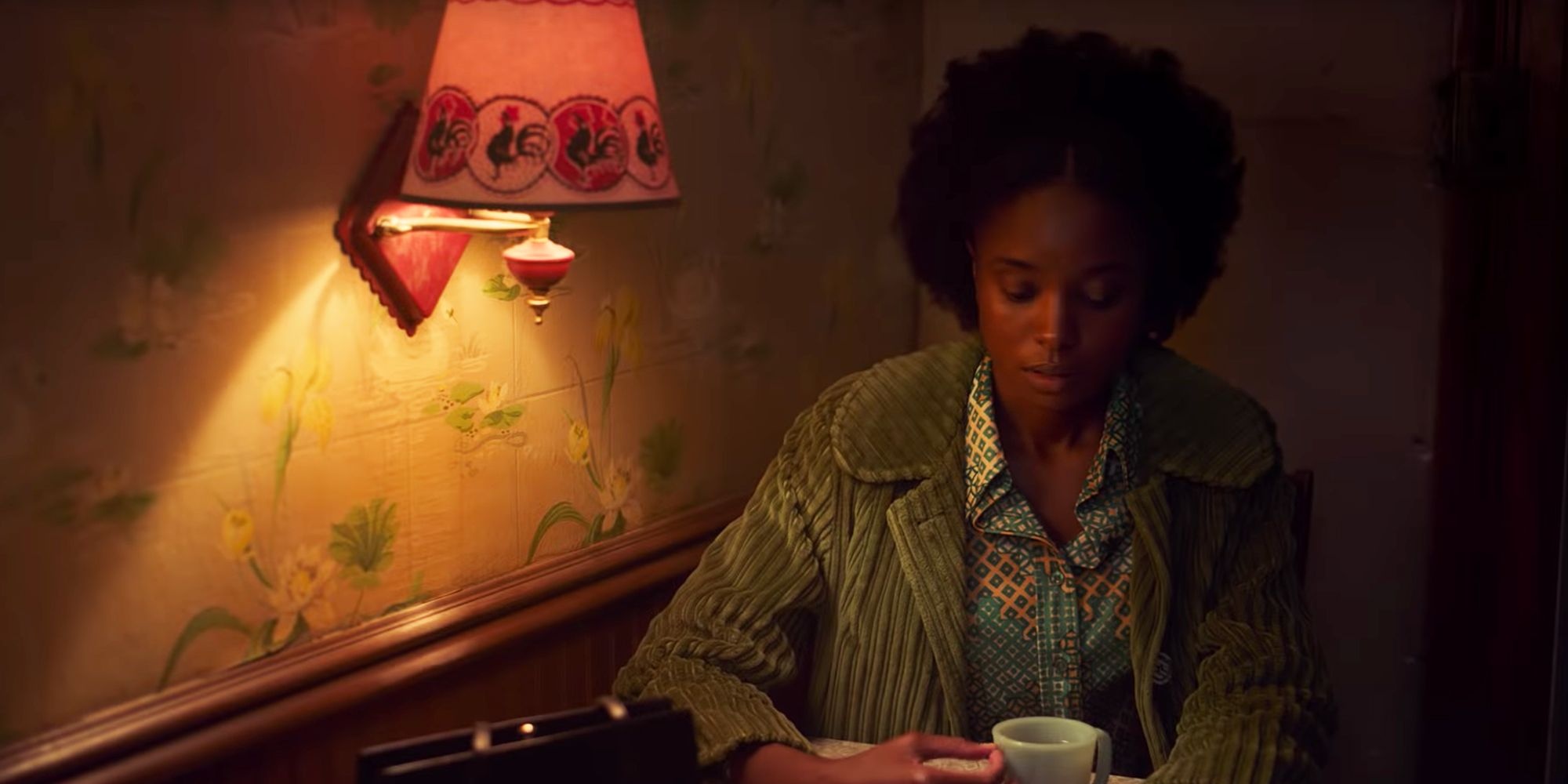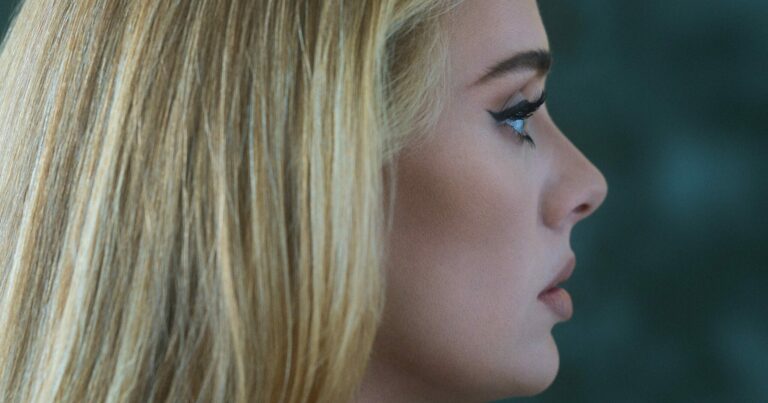Sometimes when you’ve been in a home for a while, it may start to look a bit tired. Fortunately, no matter how long the home has been serving your family, giving it a modern makeover may not need a complete renovation. You can still create a modern and unique look with the existing character and architecture of the home.
When you’re looking to create a modern home feel, the secret is in the details. You can tackle many elements one by one and transform your home within your set timeline and budget. That’s why it’s important to know HVAC meaning.
If you’re looking to add a modern and attractive touch, look at the five ways discussed below:
Be clever with paint color
No matter your color of choice, painting your spaces with a fresh coat makes them feel new. To take it a notch higher, use a sophisticated color palette and introduce a pop of color to create a bold accent wall. Otherwise, you can keep lighter colors and then incorporate wallpapers or tapestries that make a statement.
In addition to the walls, don’t forget the ceiling. It’s easy to transform the walls and overlook the ceiling. Ensure it also gets a fresh coat of paint. You don’t need to stick to the traditional white ceiling. Ceiling color can change the overall feel of a space. However, as a rule, keep the color palette simple with at most three shades. (1)
Look for good artwork
Good artwork can come at a price that most people can’t afford. But it’s one of the best ways to give your tired home a modern feel. However, you don’t have to purchase expensive artwork. Consider getting it from local artists both offline and online. This is an excellent way to get affordable and unique pieces such as wall tapestries, paintings, drawings, and other types of artwork.
You can research websites where you can connect with local artists and galleries. You may have sweat a bit as you peruse through numerous amounts of artwork. But it’s likely to be way cheaper than shopping from high-end stores or mainstream artists. Most of these sites have a filter function to eliminate what you’re not interested in.
Also, you don’t need to go with the traditional artwork only. Anything that’s interesting and fits well in your space will do. You can pick anything and use it as a piece of art.
Update your lighting
Lighting is one of those things that can make a real difference in your home’s mood and feel. Proper modern lighting can give your home some life while the opposite can make it cramped and unhomely. There are many ways you can give your home a modern makeover with lights. One of the easiest things is replacing your bulbs.
Replacing outdated ceiling lighting fixtures with modern masterpieces can dramatically change your home’s look and feel with a more contemporary one. However, updating your lighting doesn’t have to be on the ceiling fixtures alone. There are plenty of modern lighting fixtures, such as lampshades, floor lamps, table side lighting, and much more. (2)
Your lighting can also serve as a work of art in your home. You may need to talk to an electrician to help you with some works in modernizing your lighting.
Update window treatments
Windows are often overlooked when doing a home makeover of any kind. Most homeowners struggle with styling the windows, opting to keep them naked or with simple curtains or blinds for privacy. However, leaving your windows bare can make your other modern makeover efforts look and feel incomplete.
You can dress your windows in a way that fits the style and the mood of your home. You can go for bold, graphic, minimalist, or whatever style is suitable for your home. The choices are endless. In addition to window treatments, updating your window material and design, in general, can improve your home’s curb appeal. (3)
Go for energy-efficient materials and designs that give your home more natural light. Good window materials and design modernize both the exterior and the interior of your home.
Install a smart home system
Smart home technology is increasingly becoming prevalent and a necessity for any home that wants to be modern. Installing a smart home system is an excellent way to modernize your home instantly. A smart system can make your home more energy-efficient while providing convenience, security, and comfort. You can choose energy-efficient radiators to not pay a lot of money on bills. For example, you can consider radiators from BestElectricRadiators, OnlyRadiators, ApolloRadiators, and many more. The best part is that you can even use a timer to switch on and off at certain times of the day, thus helping cut costs when it is not required. Make sure you do good research and then choose the one that is most convenient for you.
You can easily control devices in your home through an app on your phone. Some of the devices you can modernize with smart technology include your home’s lighting, security, sound, Heating, Ventilation, and Air Conditioning (HVAC) systems. (4)
Bottom line
You’ll need to have a plan for your home makeover. Know the areas you want to improve, the amount and time you want to spend on each. Do some research on painting, wall art, lighting fixtures, and above all, smart home technology.
Have a sketch of the look you want each space to look like. Giving your home a modern makeover will be easier if you have a plan and a goal.
References:
- “9 Best Ceiling Paint Colors to Consider” https://www.familyhandyman.com/list/best-ceiling-paint-colors/
- “Easy and Fast Ways to Modernize A Home for 2021” https://www.mymove.com/home-inspiration/decoration-design-ideas/easy-and-fast-ways-to-modernize-a-home-for-2020/
- “Give Your Home a Modern Makeover” https://www.onthehouse.com/give-your-home-a-modern-makeover/
- “Give Your Home a Makeover With These Modern Home Improvement Ideas” https://essenziale-hd.com/2020/04/12/give-your-home-a-makeover-with-these-modern-home-improvement-ideas/

